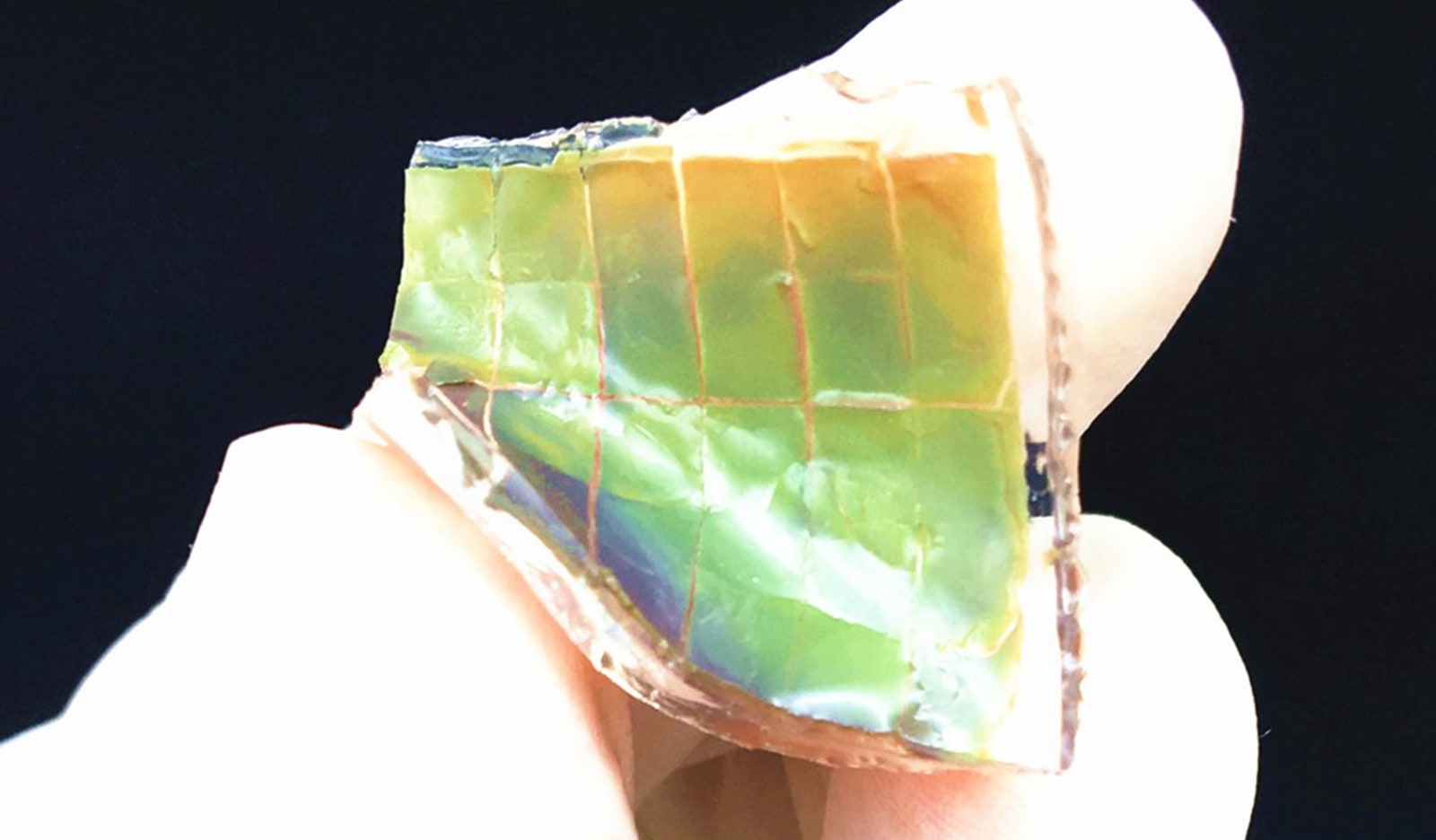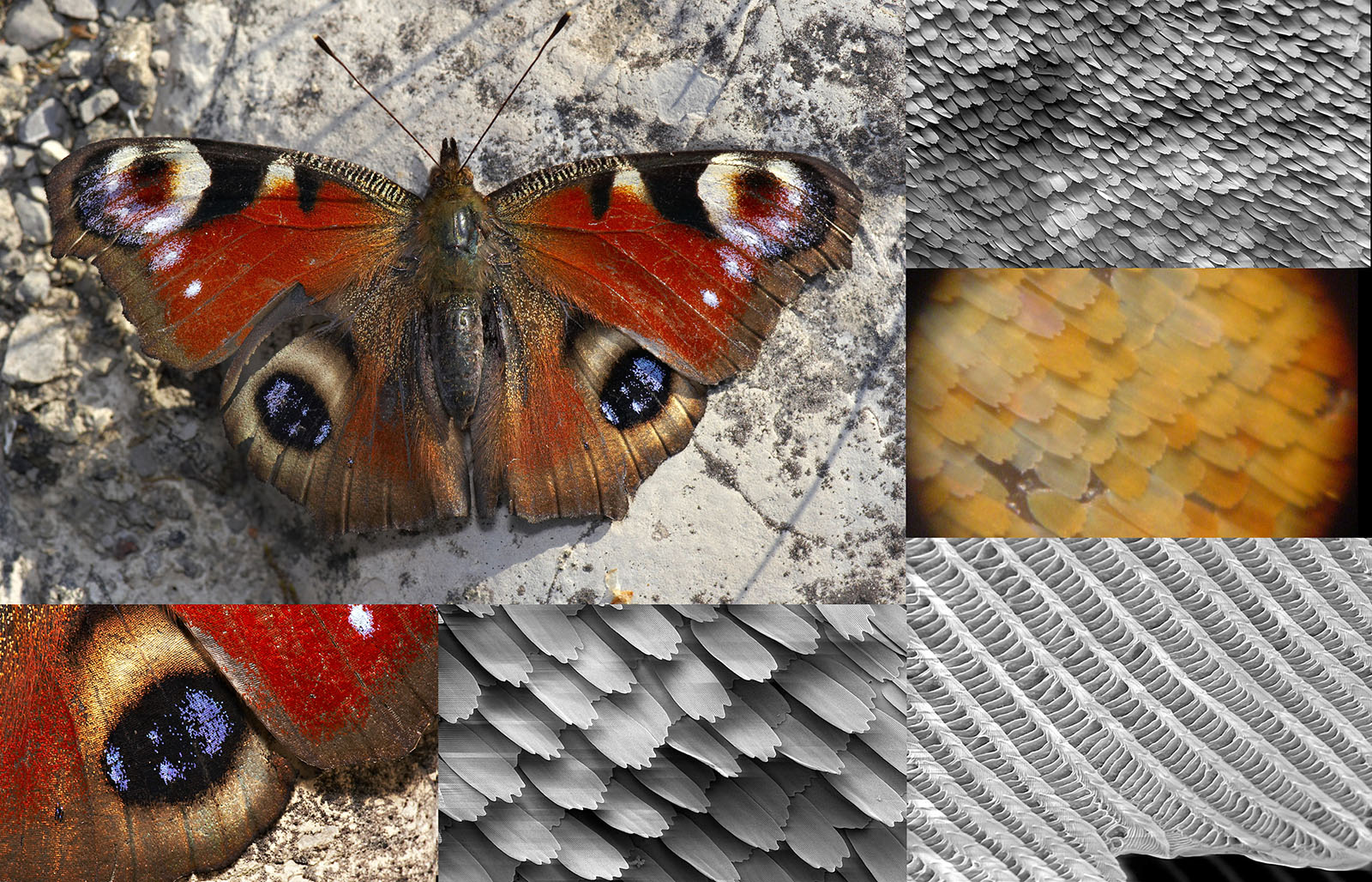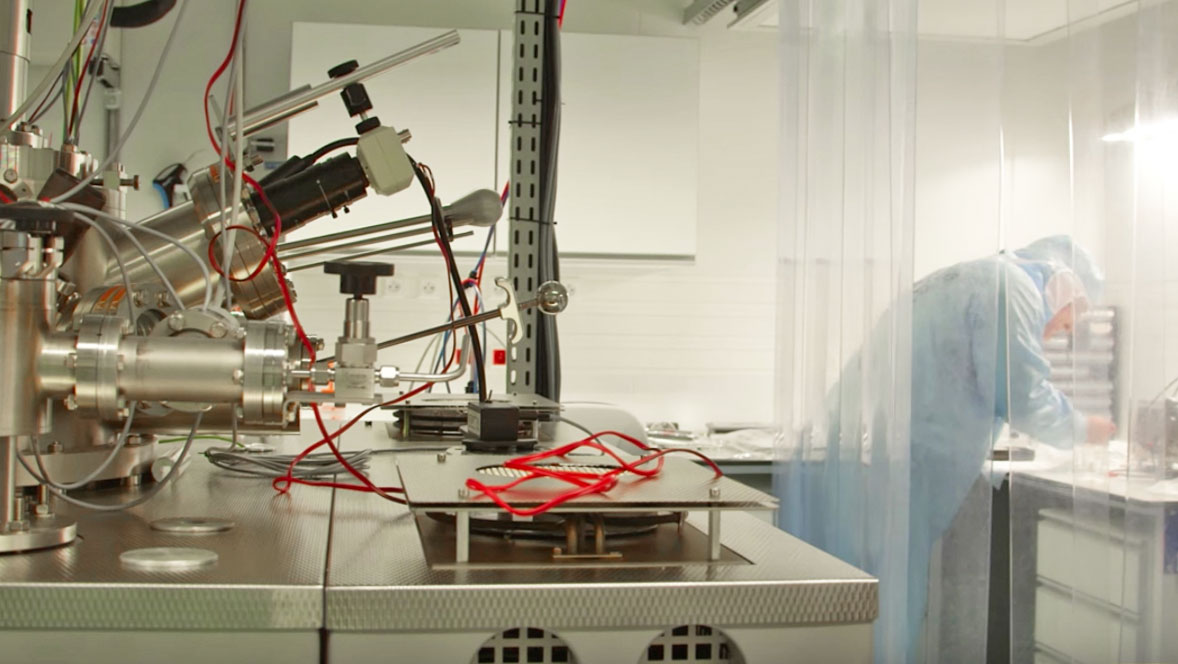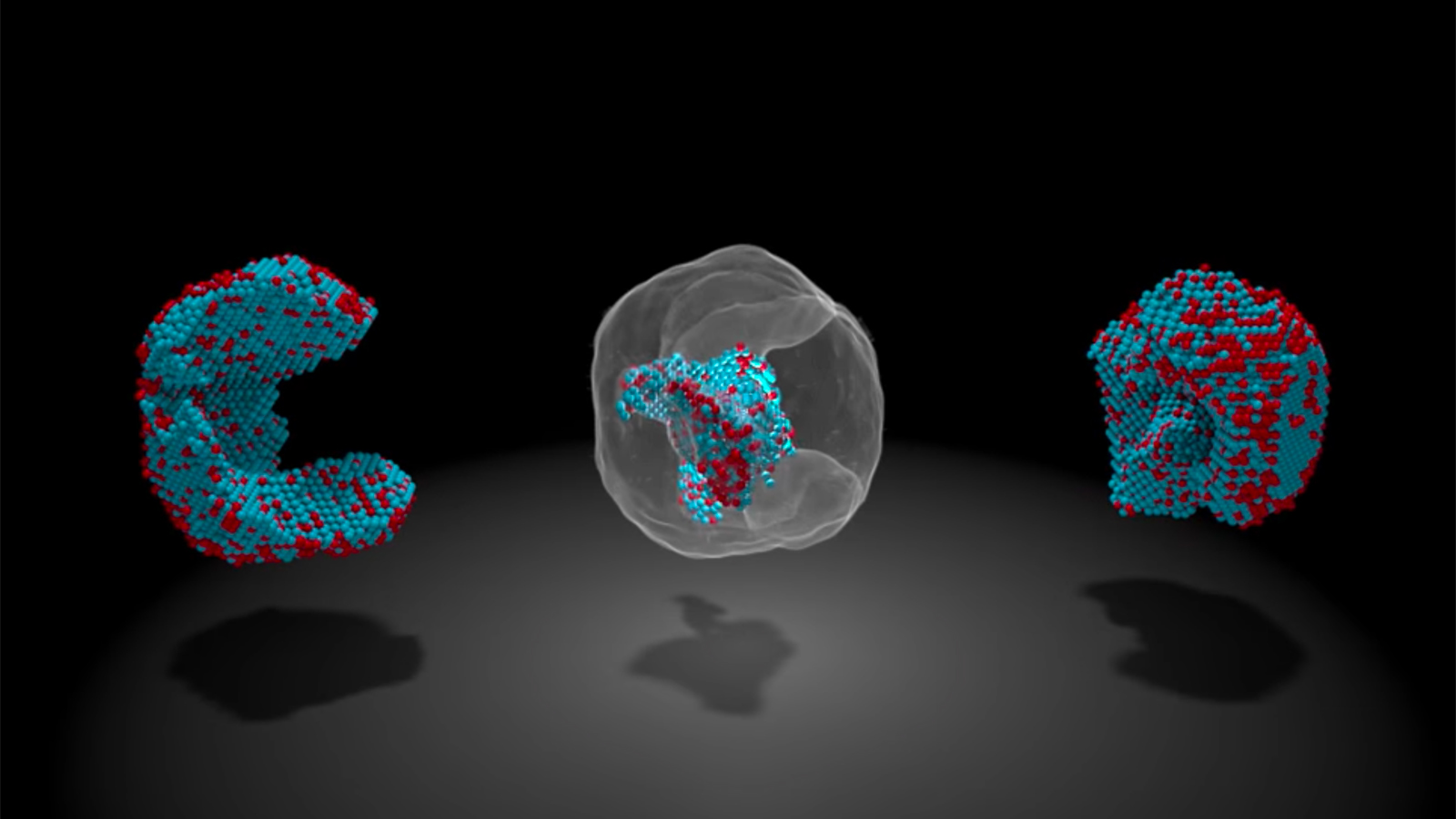The Royal Swedish Academy of Sciences (KVA) has chosen its 2023 Nobel Prize in Chemistry winners, and they’re all about quantum dots. The three researchers — Alexei I. Ekimov, Louis E. Brus and Moungi G. Bawendi — will share the honors for their contributions to nanotechnology.
Although quantum dots had been proposed theoretically earlier in the 20th century, this year’s trio of Nobel winners began verifying them experimentally. The nanoscale semiconductor particles exhibit quantum mechanical properties, glowing in different colors when exposed to light. “Quantum dots have many fascinating and unusual properties. Importantly, they have different colours depending on their size,” wrote Johan Åqvist, Chair of the Nobel Committee for Chemistry, in a press release. The smaller the dot, the bluer its light is; the bigger the dot, the redder its light is. By changing their size, researchers can tune their colors, leading to various scientific advances.
The Nobel recipients’ work with quantum dots has led to progress in display technology (like QLED TVs and monitors), medical and biological imaging, solar cells, drug delivery and quantum computing (among other things). Researchers’ consensus is that we’re still only scratching the surface of quantum dots’ practical capabilities.
Ekimov, a solid-state physicist, was the first to experimentally discover quantum dots when he synthesized them in colored glass in 1981. Meanwhile, Brus proved their size-dependent effects in particles floating freely in a fluid. In the following decade, Bawendi spearheaded breakthroughs in the nanoparticles’ chemical production, leading to “almost perfect particles,” as the KVA’s press release described.
The three honorees will split (evenly) a prize of 11 million Swedish krona (US$998,515).
This article originally appeared on Engadget at https://www.engadget.com/nobel-prize-in-chemistry-awarded-to-trio-of-quantum-dot-researchers-170057741.html?src=rss Color-changing smart skin is nothing new, but scientists have had a hard time working out the kinks. Current smart skin is fragile and buckles after being exposed to varying temperatures. To help remedy that problem, scientists turned to analyzing de...
Color-changing smart skin is nothing new, but scientists have had a hard time working out the kinks. Current smart skin is fragile and buckles after being exposed to varying temperatures. To help remedy that problem, scientists turned to analyzing de...
 A domestic property loses as much as 20 percent of its heat through windows. For big glassy commercial buildings, that figure is a lot higher, resulting in big heating bills and inevitable disputes among employees about the thermostat. But researcher...
A domestic property loses as much as 20 percent of its heat through windows. For big glassy commercial buildings, that figure is a lot higher, resulting in big heating bills and inevitable disputes among employees about the thermostat. But researcher...
 Mixed reality company Magic Leap is cagey with its tech, to say the least. However, it recently released a research paper in conjunction with Berkeley Lab that some hints on what it's doing. The team developed new materials that can take in light fro...
Mixed reality company Magic Leap is cagey with its tech, to say the least. However, it recently released a research paper in conjunction with Berkeley Lab that some hints on what it's doing. The team developed new materials that can take in light fro...
 Nanotechnology is fascinating, but for most people who aren't full-time chemists, it's a ridiculously dense field of study. An international team of scientists are trying to make nanotechnology more accessible to the public with the world's first nan...
Nanotechnology is fascinating, but for most people who aren't full-time chemists, it's a ridiculously dense field of study. An international team of scientists are trying to make nanotechnology more accessible to the public with the world's first nan...
 Bandages are usually very mysterious -- it's hard to know how well you're healing until you unwrap them, and that usually means a trip to the doctor. If Welsh researchers succeed, however, you'll never have to wonder what's going on underneath all t...
Bandages are usually very mysterious -- it's hard to know how well you're healing until you unwrap them, and that usually means a trip to the doctor. If Welsh researchers succeed, however, you'll never have to wonder what's going on underneath all t...
 Even the smallest defects can create serious problems. It's a good thing, then, that researchers have found a way to map nanoparticles at an "unprecedented" level of detail -- they've located the 3D positions of all 23,000 atoms in an iron-platinum...
Even the smallest defects can create serious problems. It's a good thing, then, that researchers have found a way to map nanoparticles at an "unprecedented" level of detail -- they've located the 3D positions of all 23,000 atoms in an iron-platinum...

 Night vision technology is essential on the modern battlefield but is not without its shortcomings. Conventional night vision goggles (NVGs) have been compared to looking "through toilet paper tubes" on account of their drastically diminished periphe...
Night vision technology is essential on the modern battlefield but is not without its shortcomings. Conventional night vision goggles (NVGs) have been compared to looking "through toilet paper tubes" on account of their drastically diminished periphe...
